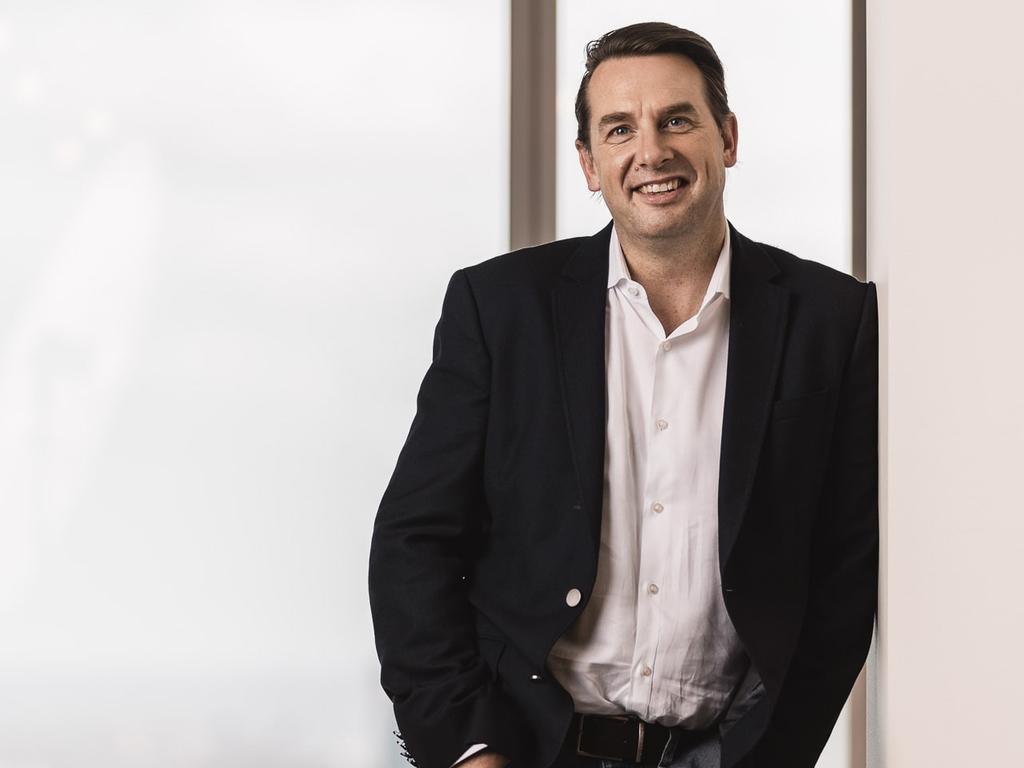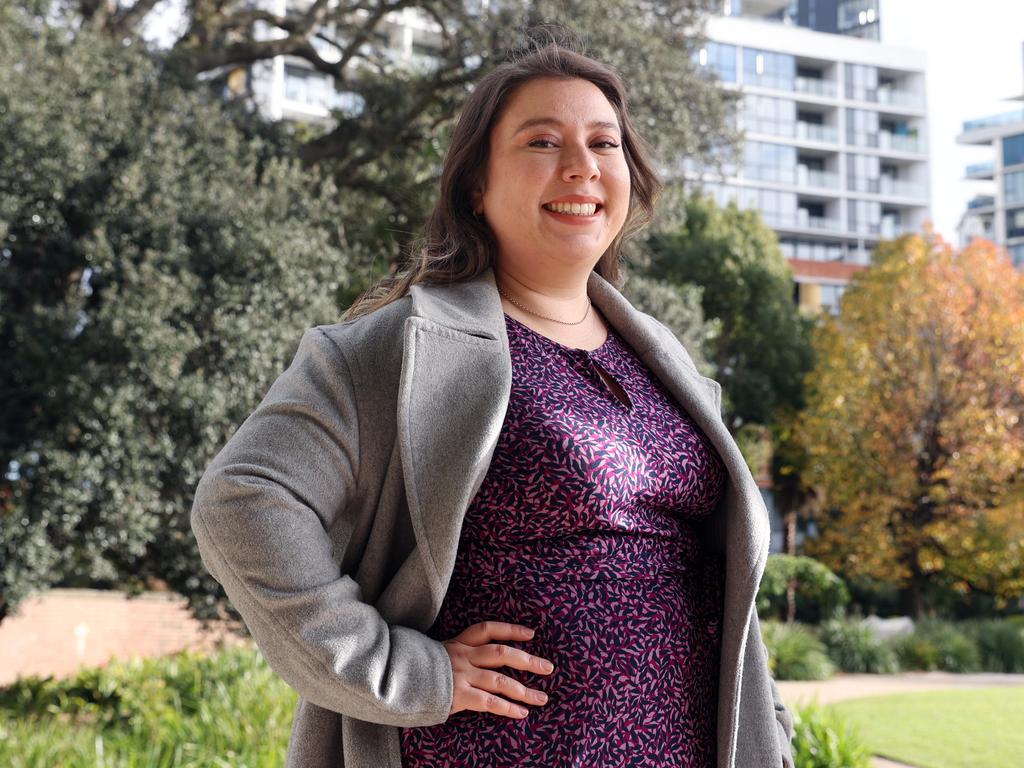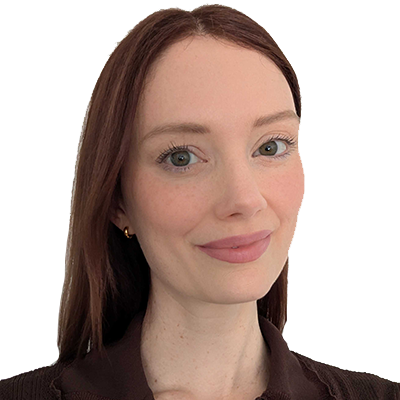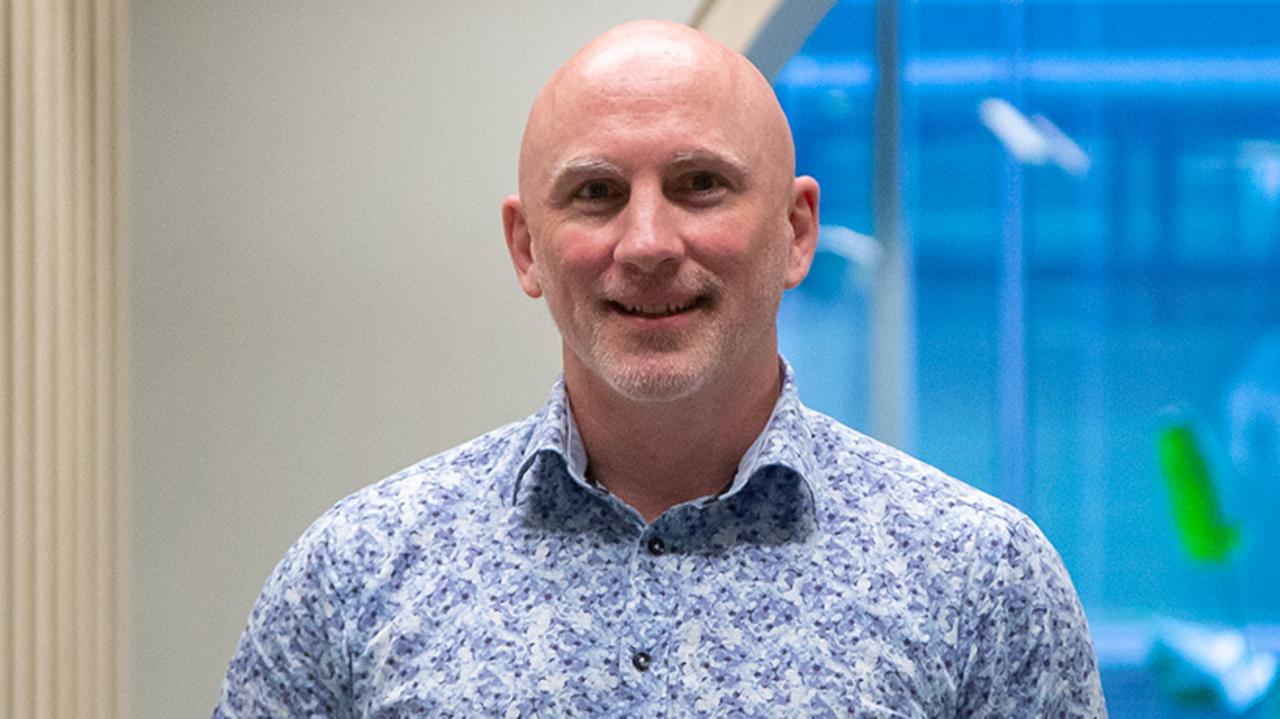How to make a career change into the technology sector
If you have ever considered a career in IT, experts say now is an ideal time to make your move.
Australia’s shortage of IT skills is creating opportunities for women who want to make a career change.
Forward-thinking employers are targeting this previously under-utilised talent with dedicated programs that encourage women to pursue a tech career.
Amazon Web Services (AWS) Australia and New Zealand managing director Adam Beavis says both workers and companies can benefit.
“(A diverse workforce) is a critical driver of innovation, customer service, creativity, and business growth,” he says.
AWS has partnered with diversity consultancy The Dream Collective to launch SheDares, a free online learning program that aims to inspire professional women to consider a career in technology and showcase the pathways to entry.

The Dream Collective founder Sarah Liu says technology offers one of the most sustainable and rewarding career paths available.
“There has also never been a better time to consider a pivot into tech,” she says.
“As the fight for top talent grows, companies right now are investing heavily in talent and culture – this includes competitive benefits such as flexible work, 10 to 20 per cent higher salaries and ongoing development opportunities.
“To the women who have ruled out working in tech because they don’t know where to start or they don’t think their skills are transferable, I’d say this: if you love working with people, if you are creative and if you want to help solve the world’s biggest problems, then the tech industry is an ideal calling for you and I encourage you to not close yourself off to the opportunities the sector presents.”

So what kinds of jobs are in demand?
SOFTWARE DEVELOPERS AND ENGINEERS
A software developer builds software, while a software engineer designs, develops, maintains, tests and evaluates software – and both are in demand.
National Skills Commission modelling forecasts an extra 46,000 will be needed in Australia between 2020 and 2025.
That represents a 30 per cent increase over five years, which is well ahead of the average occupation’s increase of 7.8 per cent.
In June, Commonwealth Bank launched a recruitment drive to hire more than 600 engineers over the following 12 months, including software engineers.
Chief information officer for technology Brendan Hopper says technology is at the forefront of every organisation around the world.
“No longer is technology part of a business, it is the business,” he says.
“The pace of change is accelerating and we want to be in front of the curve.”
The Federal Government’s JobOutlook portal reveals about four in five software and application programmers – including software engineers – holds a university degree, however some have a vocational qualification such as a certificate or diploma instead.
CLOUD ENGINEER
These professionals manage an organisation’s cloud-based systems and processes – those that run and are stored on the internet, instead of locally on a computer.
Typically, cloud engineers have a degree in computer science or information technology, however there are also related, entry-level positions for applicants who have studied short courses in specific technologies.
For example, they can complete online study and sit an exam to become an AWS Certified Cloud Practitioner or Microsoft Azure Administrator.
Generation Australia is launching a new 12-week Cloud Practitioner program that is free for eligible unemployed Australians living in Sydney, Melbourne or Canberra.
As well as practical training, it includes employability skills and interview support.

UX DESIGNER
User experience (UX) designers typically work with digital products – such as apps, websites and games – and are involved in product development from start to finish, including strategy, design, branding, usability, function and testing.
There is no specific qualification required, however a hands-on boot camp or short course can give jobseekers an edge.
Tech company Mantel Group has launched a revamped traineeship program for women and gender minority groups in Sydney and Melbourne to address the talent shortage and the lack of diversity in the technology sector.
It is targeted specifically at career changers and covers all areas of design, including UX.
Jane Nguyen, chief executive of Pretzel Lab, part of Mantel Group, says the best UX designers have some sort of customer service orientation.
“Anyone who has had a role servicing customers, whether that be at McDonalds or as a flight attendant, people who want to make things easier for people, make good UX designers,” she says.
DATA ANALYST
This role involves collecting and analysing data and translating it into meaningful business insights.
Data analysts typically hold a university degree in a related field but entry-level roles may be available for those with vocational training or specific skills in programming languages such as SQL, Python and R, or in software such as Excel, Power BI and Tableau.
There are almost 6000 jobs advertised on SEEK right now, and the most common salary is about $110,000.
The latest Hays Jobs Report reveals there is also high demand for data-based marketing professionals that use data to make evidence-based decisions, and for financial and business analysts that can interpret large data sets.
Australians can upskill with digital micro-credentials in data analysis via platforms such as Skill Finder.
It offers free online courses and career information for a range of tech jobs.

CALLING ALL CAREER CHANGERS
Geraldine Olea, 29, is in the process of making her second major career change.
The Bachelor of Management graduate has worked in events and tourism and in employment consultancy, but now hopes to move into a technology-related field.
“I have been actively networking and upskilling to pivot myself into the technology industry,” the Sydney resident says.
“I am opening up my job prospects to Canberra as it has become an increasingly popular hub for cyber and tech start-ups.”
Olea completed AWS and The Dream Collective’s SheDares program and discovered how she could use her current skills and knowledge in a non-technical role within a tech company.
“For example, product manager, customer success, and growth manager roles are common positions within the tech industry that are non-technical,” she says.
“However, most of us don’t realise that we already holster the same skills required for these positions from our previous non-tech experiences.”
She believes it is imperative that women see women in the tech industry as it paves the way for them to feel empowered and inspired.
“(We) need to flip the stigma of the tech industry being more of a ‘guy thing’ and push for diversity,” she says.
“This also means that organisations need to take accountability to create gender-diverse and inclusive environments.”





